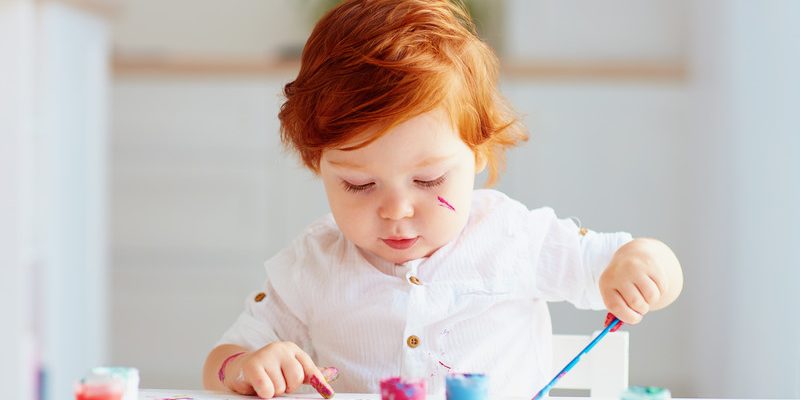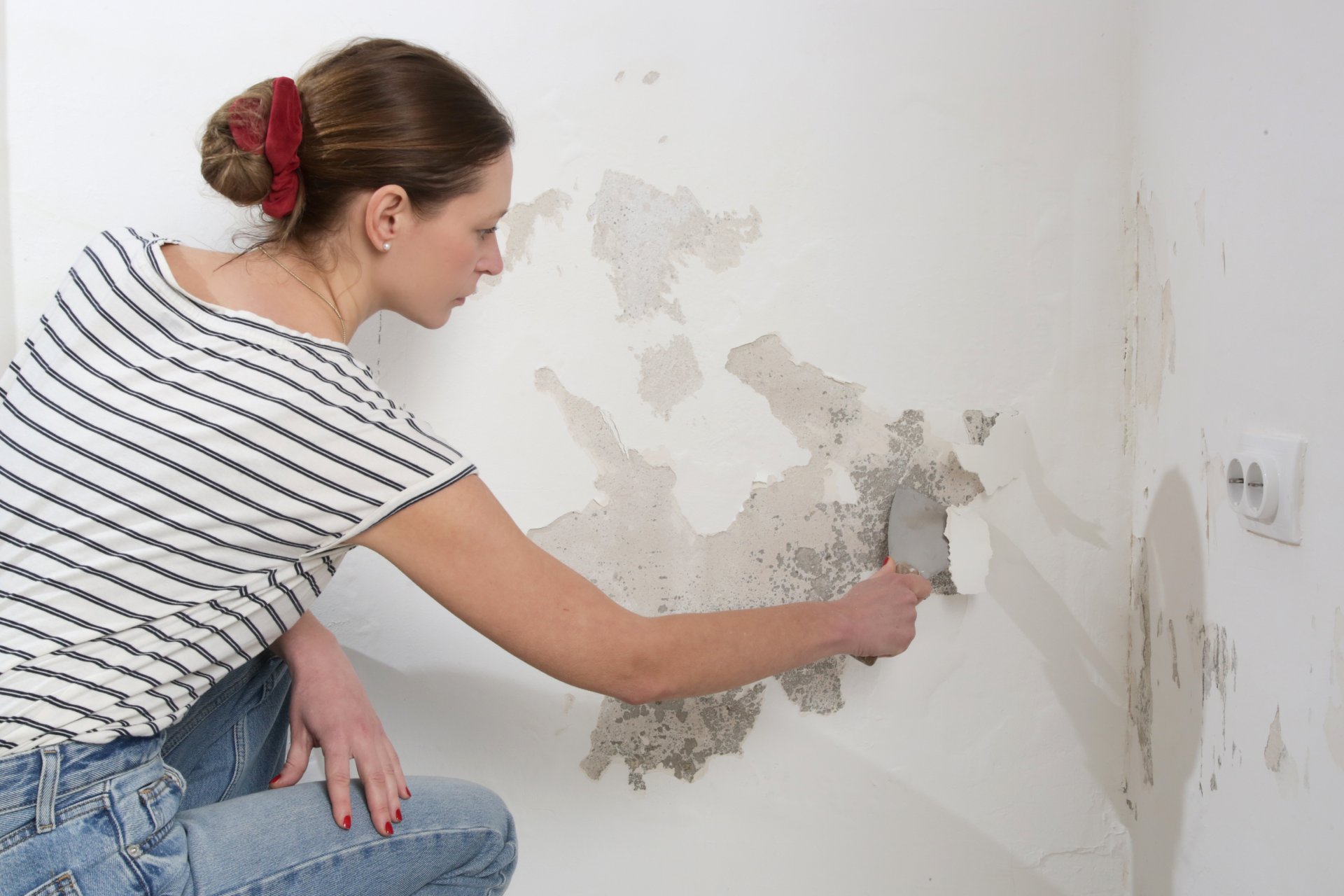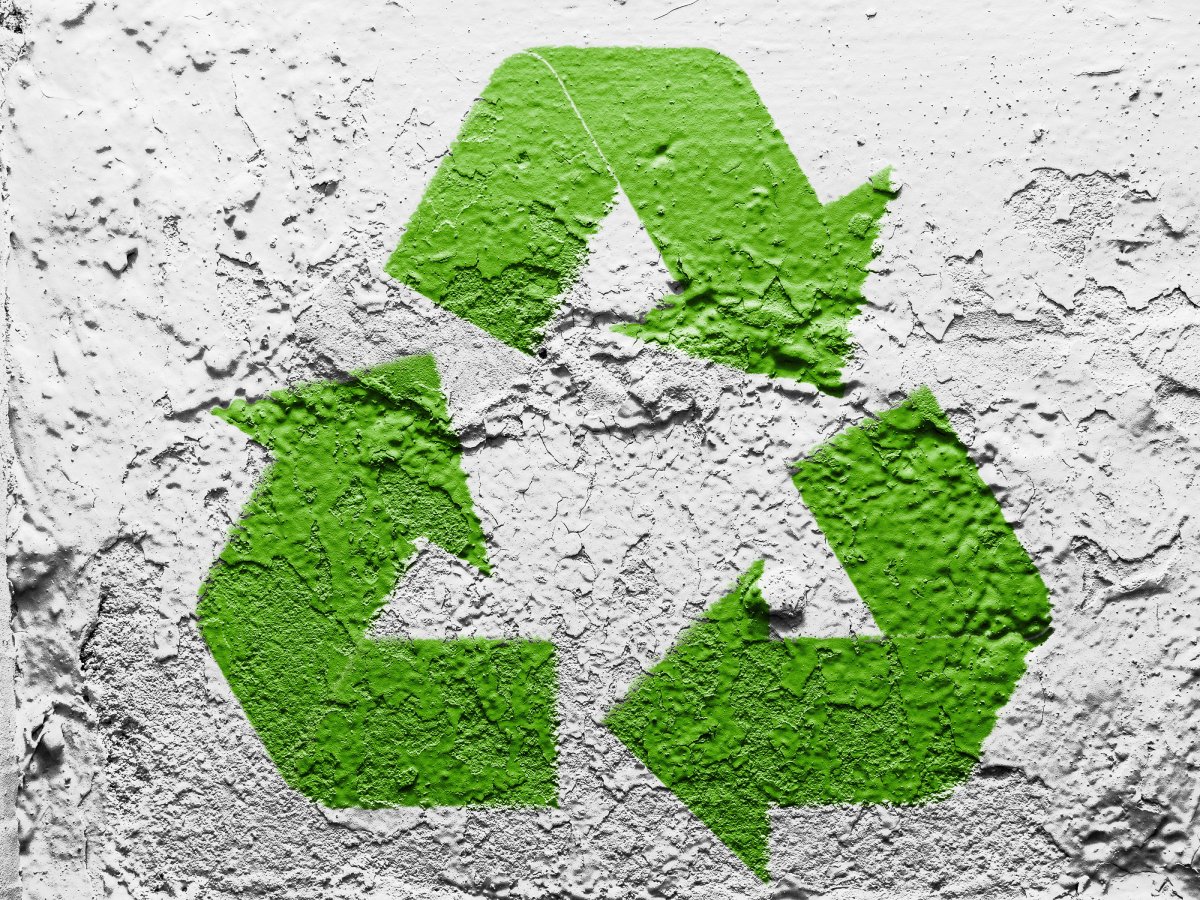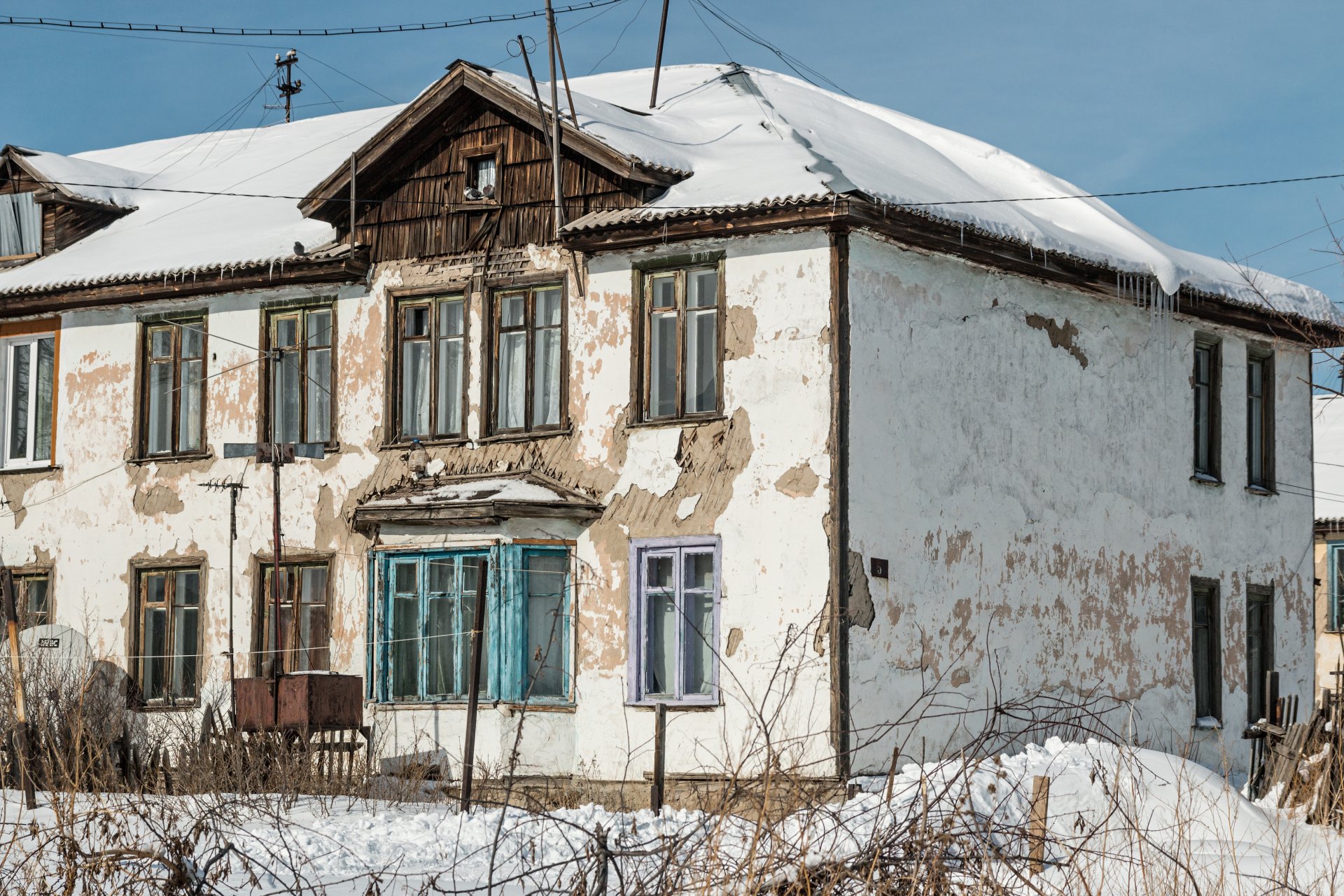Paint is paint, right? Wrong. If you’re an artist and specifically a painter, you likely know that there are several different types of paint, used for different purposes.
Or if you’re one of many Dallas house painting companies, then you might know a thing or two about paint as well.
Thus, any of these experts will tell you that acrylic paint is a combination of pigment for color and a synthetic resin binder. This binder usually comes out as a thick, somewhat clear substance before the actual color; that’s how you know its acrylic.
Acrylic paint is a go-to for artists because it is easy to blend and manipulate, but if you’re under the misconception that paint is paint, would you feel confident enough to put it on your baby’s skin? This is what the experts have to say about acrylic paint and your baby.
Is Acrylic Paint Safe For Skin?
Acrylic paint is cheap and easy to come by. It is used for almost any craft you can imagine and is considered ‘non-toxic’. However, it is important to know that non-toxic is not synonymous with ‘safe for skin’.
If you’ve ever painted with acrylic paint, then you’ve probably gotten some on your skin, and in most cases, nothing happened. Your skin likely didn’t singe off, or burn, or result in some life-threatening issue, but acrylic paint can actually contain:
- Lead
- Ammonia
- Formaldehyde
- Chromium
- Cobalt
- Cadmium
All of these elements are harmful to humans, including the skin, so when it comes to your past experience with acrylic paint, consider yourself lucky. The truth is, it depends on how much of these ingredients are present.
For example, you should try to use acrylic paint with less than 1% formaldehyde for safest results. If you are ever forced to work with acrylic paint in contact with the skin, consider these other helpful tips:
Always test it first
Use a very small amount on a very small portion of the skin to observe if you have any adverse reactions first.
Use acrylic paint in a well-ventilated area
Especially due to the formaldehyde in paint, it is important to use in an area with good air circulation, otherwise the carcinogen can have harmful health effects.
Don’t use close to the mouth or nose
If you must paint on the skin, or accidentally paint on the skin, do not use close to the nose or mouth. This makes it easier to ingest or inhale, which can have the most harmful effects on the body.
Check the ingredients
In addition to the formaldehyde level, it is also important to note what other ingredients are in your acrylic paint before using. If there are any questionable or large quantities of the ingredients listed above, it might be best to skip the acrylic altogether.
Can You Use Acrylic Paint For Baby Handprints?
Based on what you just read about acrylic paint, would you use it on your baby? Baby handprints are a precious keepsake that every parent wants to cherish forever. They are often made on either canvas or paper or sometimes sculpted out of clay.
A parents’ first thought is usually to paint their tiny hands, but you might want to give it a second thought knowing what you do now.
When using any type of paint on a baby’s hand, you want to ensure that it is non-toxic and water-based. For these reasons, tempera paint or Crayola brand paints are great contenders. Another option is ink, which is what the doctors use and typically has less risk.
Whether you choose ink or paint, the most important part is to wipe away the paint or ink with a damp washcloth immediately.
The bottom line is, if you wipe it immediately, most people will tell you that acrylic paint can be used, the question is, would you really want to? If you are still uncertain, the best solution is always to speak with your child’s doctor.
How Do You Get Acrylic Paint off Baby Skin?
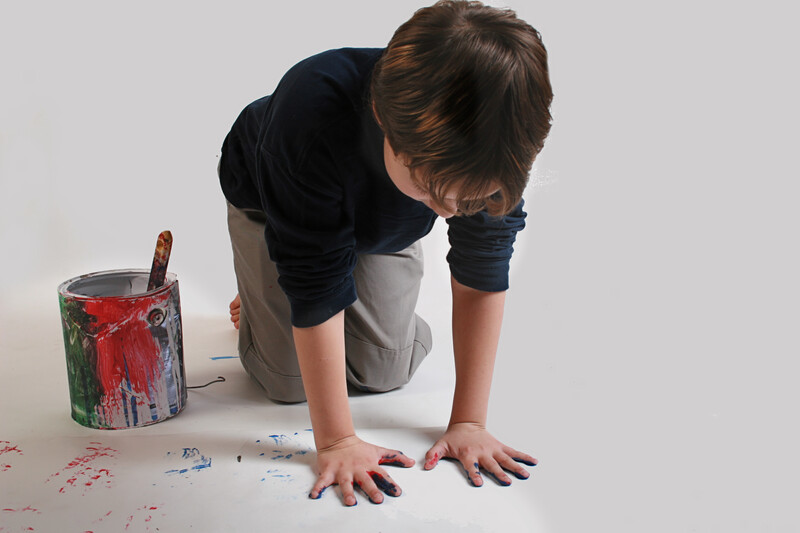
Acrylic paint is fast drying; great for artists, terrible for moms. It is also water-based, which means it can be diluted with water before use, but once it is on the skin, water won’t wash it away alone.
Once you’ve made this adorable keepsake of your baby’s handprints and footprints, you might notice that the paint is not coming off as easily as you would have hoped. Soap and water is a go-to, but not always the remedy for acrylic paint.
Fortunately, there’s no need to panic. We’ve got several other acrylic paint remover remedies that should do just the trick.
- Baby oil: A wise choice for parents because you know it’s safe. Baby oil is an excellent remover for acrylic paint on your baby’s skin. Gently massage the oil into your fingertips and then into the paint to help break it up. Then use your fingernails to gently scrape off the paint.
- Rubbing alcohol: Whatever the baby oil can’t wash away, it can usually be salvaged with rubbing alcohol. Simply dab some rubbing alcohol onto a cotton ball and rub over the painted area. This should remove all of it. Then wash the area with soap and water to remove the smell and avoid irritation.
- Butter/ margarine: Really, this stuff is like nature’s oil, so it makes sense. Use butter or margarine as you would the baby oil; by rubbing it into the paint. Then use fingernails to scrape and rinse with soapy water to remove the butter.
- Petroleum jelly: Pretty much anything that’s oil-based or gelatin-like seems to do the trick. Petroleum jelly or Vaseline is also a wise choice for babies because parents already know that it is safe to use on their baby’s skin.
- Hand sanitizer: Since in some cases, hand sanitizer is practically just rubbing alcohol anyway, this should work like a charm. And at least you’ll be getting the area nice and cleaned.
When soap and water don’t work, it is highly recommended to use baby oil, petroleum jelly, Vaseline, or similar substances next, to remove acrylic paint. This is because these products are already baby safe, so you know they won’t cause any further harm than the acrylic paint already did.
What Paint is Safe for Baby Footprints?
Whether you’re crafting handprints or footprints, the rules are the same- and so is the cuteness.
As a rule of thumb, the faster you can wipe the paint away, the less harmful it should be for the baby. If you are ever unsure about a certain paint, dab a small amount on their arm and observe for at least 24 hours to ensure they have no reaction to it.
These are important tips, but that still doesn’t mean you would use just any paint.
Keep in mind that non-toxic ink is also used by the doctor and the most mess-free option, but if you have your heart set on paint, you have a few options on which is safest for baby. Just be sure that all paint is clearly labeled non-toxic.
- Water-based: Water-based paint is exactly what it sounds like, and is the best option for baby because being made of primary water, means the least damage it can do. That being said, acrylic paint is also a water-based paint, so you want to be knowledgeable about what you are using on a baby.
- Tempera paint: Tempera paint actually refers to egg tempera, since egg yolk is often used as the binding medium. This makes tempera paint safer than most, due to its natural, organic components. Tempera paint is a good choice for any baby-involved craft because it is non-toxic and wipes away easily-even with just a simple baby wipe.
- Crayola & other poster paint: Crayola is actually one of the most common brands that make tempera and similar poster/ craft paint. When making crafts with babies, it is helpful to know exactly which brands you can use.
Finding the best and safest paint for baby is truly not hard. In fact, if you really need peace of mind, homemade and even edible paint is not that difficult to make.
If you’re worried about making handprints with an older baby/toddler because they may stick the paint into their mouths, homemade, edible finger paint is as easy as cornstarch, water, and food coloring.
If you’re just worried about the harmful effects of acrylic paint and other paints overall, we get it. We’ve been there. And you’re just being a good parent.
The best thing you can do is leave it to the experts. At Dallas Paints, we pride ourselves in having the know-everything knowledge, for everything you need to know about paint.
With our paint services, we can recommend what paints not to use on that adorable keepsake, and even what paints are the safest to paint your little one’s nursery, which includes water-based products and products with zero volatile organic compounds, VOC’s.
At Dallas Paints we won’t just recommend the best paint, we’ll even paint the nursery for you. You know what that means, one less task on your baby to-do list.
Pro Tips
Painting can be a fun activity for parents to try with their babies. Why worrying about jeopardizing the health of their skin with paint that might not be good for them? Whether you’re doing handprint painting projects or something else entirely, keep these pro tips in mind when you get ready to do acrylic paint-based activities with your little ones:
Do your research on any type of acrylic paint you purchase
You don’t want to risk harming your little one’s skin just for a project, so make sure you do your due diligence before exposing your baby’s skin to any kind of paint. Some paints can contain chemicals that might be harmful to skin, especially to baby skin, so doing your research can give you peace of mind before you begin paint activities with your baby.
Test any paint on yourself before exposing your baby to it
A good test to see how safe paint is for skin is to test a small amount of it on yourself first before you do any painting activities with your baby. Simply dab a small bit of paint onto your skin and watch to see if you have any adverse reactions to it. If the paint doesn’t seem to harm you, it should be safe to use with your baby.
Don’t allow any paint to get near your baby’s nose or mouth
Frequently Asked Questions
Different kinds of paint are known to contain chemicals and other impurities that can be harmful if it comes in contact with skin. While this is not true of all paints, it is still something to keep in mind, especially if you are planning on painting projects with your child. Since safety is the top priority here, it would be surprising if you didn’t have a few questions.
Here are the most frequently asked questions about acrylic paint and babies, so you can check to see if your question has already been answered:
Are there quick ways to remove paint from my baby’s skin?
Sometimes when paint gets on the skin and dries, it can seem like it takes forever to remove it. Fortunately, there are some quick solutions to this problem if you or your baby has some paint on your skin that just doesn’t want to come off. You can try using baby oil, hand sanitizer, or rubbing alcohol to help you speed up the removal of paint on the skin.
What types of paint are safe for babies’ skin?
Acrylic paint is not the only option for painting projects with your baby. Tempera paint, oil-based paint, and watercolor paint can also be safe options to consider for painting projects with your baby.
Is the smell of paint safe for babies?
Paint getting on the skin isn’t the only thing you’ll want to think about when doing painting projects with your baby. Some paints aren’t that great to inhale for long periods of time, either, so make sure to try to paint in a well-ventilated or open area (such as outdoors) when painting with your baby to minimize the exposure to paint odors.
What type of paint is safe for the skin of the baby?
You must make sure the type of paint you are using on a baby’s hand is not toxic and is water-based. This is why tempera paints or Crayola brand paints are the best you can get. Ink is another option used by doctors and is less risky. It is advisable to use only what is safe for the baby. Remember, they cannot talk or complain, if something goes wrong.
How safe is water-based paint for babies?
Water-based paint is mostly used inside homes due to their safe nature. Children usually get into anything around the home, including paint, and may even lick paintbrushes when no one is looking. Hence, oil-based paint is not advisable.
Which paint type is safe for baby cribs?
We prefer furniture paint from the Renaissance when considering paints that are safe for babies. The paint doesn’t contain VOCs and is not toxic, and it is hypoallergenic. You can get it in tens of various colors, so it is easier to find the perfect shade for your baby crib or nursery.
Is it unsafe for a baby to smell paint?
Smelling paint briefly is not really unsafe for babies. However, one should be concerned if the baby got exposed to the smell for a longer period. The smell can even be irritating and unpleasant to any human.
Can paint smell be harmful?
Although the eyes, nose, and throat can get irritated by the fumes from oil and latex paints, they do not harm the body anyway when used as instructed. One can start having headaches, nausea, and dizziness when they inhale fumes from solvent paint for a longer period. This is bound to happen in a place with poor ventilation or during painting or staining of large areas.
When is it safe for the baby after painting?
Want to know how long after freshly painting a room is safe for a baby? Consumer Reports suggest a minimum of 2 months before the arrival of a new baby, so the fumes will get a chance to reduce before the new baby enters the home.
How safe is zero VOC paint for babies?
Your babies are perfectly safe when you use natural or water-based paints that contain no VOC and non-toxic for their cribs. Sadly, most of the paints in the market – VOCs or “Volatile Organic Compounds” are very popular and available in paint, paint thinners, and varnishes.
How safe is it for a baby to sleep in a newly painted room?
You need to know how long you need to wait after painting for a baby to sleep in the room. It can be very harmful to a baby to sleep in a freshly painted room. However, if there is adequate ventilation in the room and the fans are switched on, or windows are opened to allow more fumes to escape, your child will be able to sleep safely in the room 24 hours.
How long can paint hold its toxic smell?
You may not see paint fumes as a major concern, but they have been reported to cause health problems. There are chemical components in paint, so you need to handle the painting project seriously and carefully. Usually, a minim of 2-3 days is recommended for the paint to dry and the fumes to reduce.
What type of paint is non-toxic to babies?
Which paint is the safest for nursery?
Conclusion
Handprints, Footprints, and Smiles
Painting can be fun, and introducing your little ones to it early can be fun, as well, along with creating memories that will last a lifetime. Whether you’re capturing your baby’s handprints or footprints using painting projects, painting silly pictures together, or something else entirely, painting with your kids can provide happy memories that you’ll look back on fondly.

